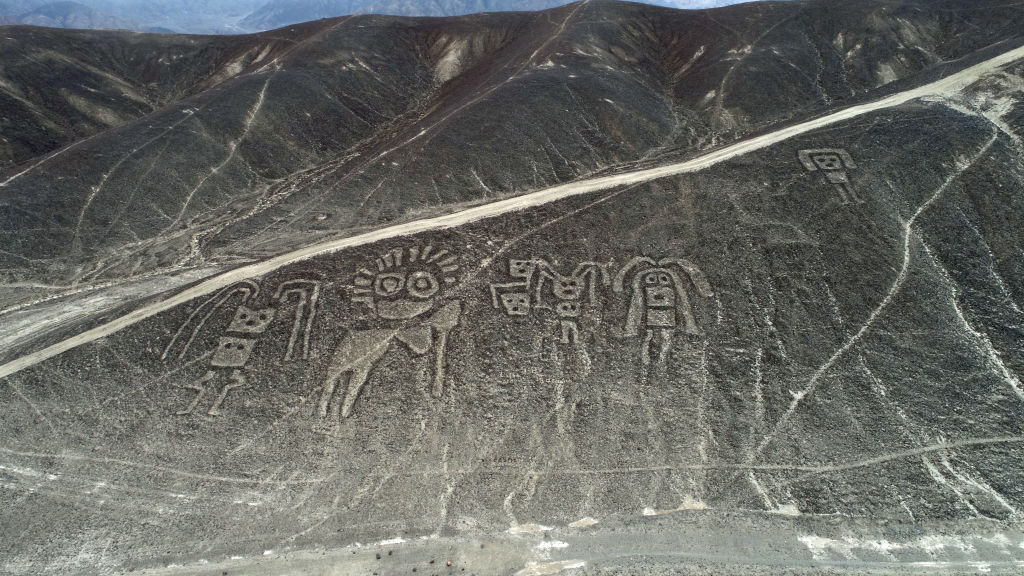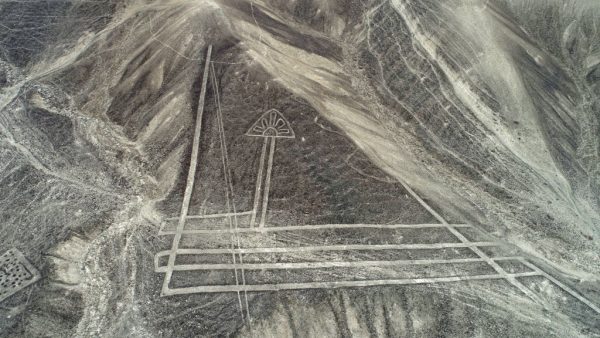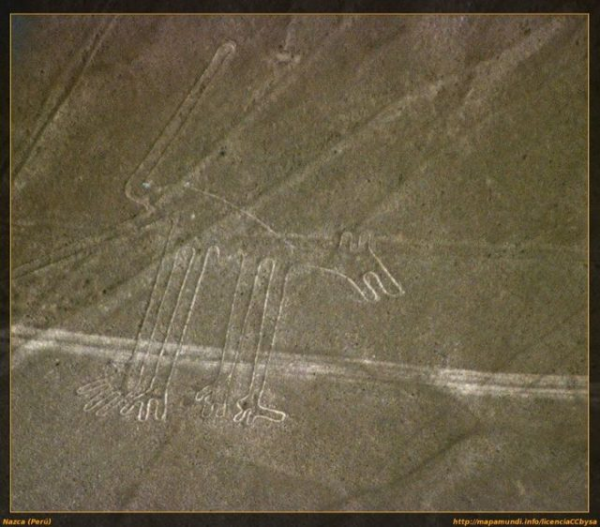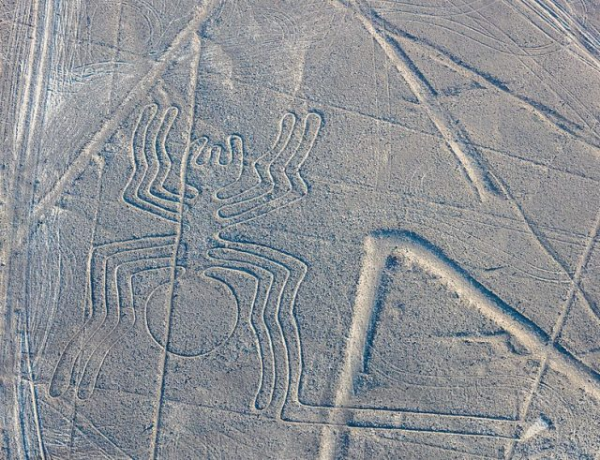Over 100 Mysterious ‘humanoid’ Figures Discovered in Peru

Over two thousand years ago, the people of the city of Nazca in southwest Peru on the Pampa Colorada etched large groups of geoglyphs (ground drawings) of geometric shapes, plants, and animals into the sandy desert ground.
They were originally spotted in 1926 by Toribio Mejia Xesspe, a Peruvian archeologist, but it was impossible to see the full figures from the ground.

During the 1930s, commercial airliners were seeing the figures, and the pilots reported them. On June 22, 1941, Dr. Paul Kosok, chairman of the Department of History and Government at Long Island University in Brooklyn, New York.
He was the first to study the lines in Peru earnest, and, according to National Geographic, he referred to them as “the largest astronomy book in the world”.
With the advent of photography drones and their ability to fly low to capture high resolution images combined with an artificial intelligence system, IBM Watson Machine Learning Accelerator, one hundred forty-three previously unseen lines have emerged from the almost two hundred square miles of desert.

Masato Sakai, a professor of cultural anthropology at Yamagata University in Japan, has been studying the geoglyphs since 2016, gathering and reviewing images which could be programmed into Watson.
The artificial intelligence would scan through thousands of images looking for anything that resembled a geoglyph. Watson did find a faint outline of a human type character making it the first to have been discovered by a computer.
The figure is about thirteen feet tall and six and a half feet wide and depicts what could possibly have been a warrior due to the appearance of a weapon being held.

Sakai noted that the find is quite an achievement as the area the figure was found had been investigated often without making the discovery. Even with the help of drones and artificial intelligence, connecting the lines of something as large as geoglyphs is difficult.
There are some that measure up to three hundred and twenty feet across while others can be just a few feet across. A few of the newer ones were carved on high slopes making them visible to those below.
According to Encylopaedia Britannica, the Nazca people in Peru lived from about 1 AD to 700 AD but some of the designs predate that time by about two hundred years and were probably created by the Paracas people who populated the area from about 900 BC to 400 AD.
They carved the lines about four to six inches deep, removing the top layer of iron oxide that gives this area of the desert its reddish tinge and revealing a layer that includes substantial amounts of lime which has hardened, allowing the designs to survive.

The big question that has been plaguing scientists is why they were carved. It would have taken incredible effort to carve the lines which seems to have been a custom practised for hundreds of years.
There are always some who insist the designs were created either by or for aliens, but some scholarly ideas include Kosok’s opinion, arrived at with German mathematician and archaeologist, Maria Reiche, which proposed it was a type of celestial map.

Dr Sakai’s proposal that they may have been made for ritual purposes for fertility and rainfall; and Johan Reinhard, author of The Nazca Lines: A New Perspective on their Origin and Meanings, who claims the markings directed the Nazca people to places where the rituals requesting their gods to bring water and good harvests were performed.
Although the area was declared a UNESCO World Heritage site in 1994, the carvings are still in jeopardy. If they are not quickly identified and made visible, they are at risk of being covered up or destroyed.
Another Article From Us: The Anglo-Saxon Ghost Ship is Being Recreated in England
Illegal squatters, farmers, and mining operations threaten the delicate ancient etchings, and they must be completely mapped to save them.
